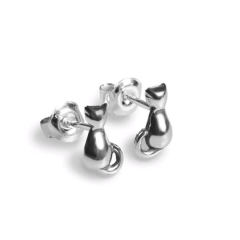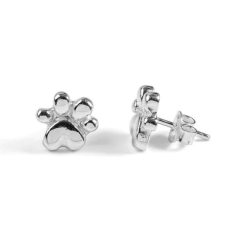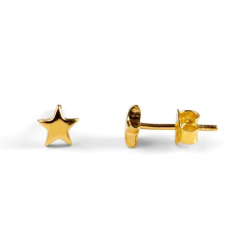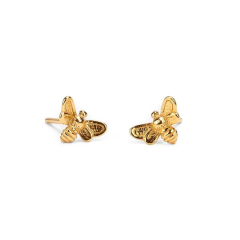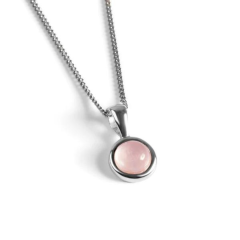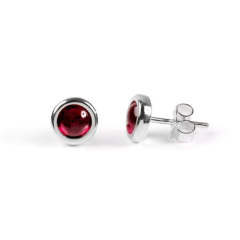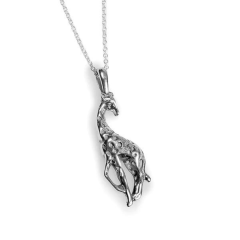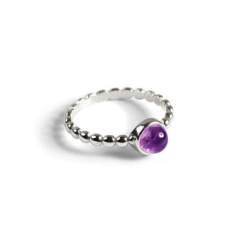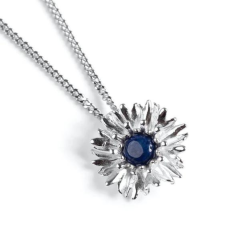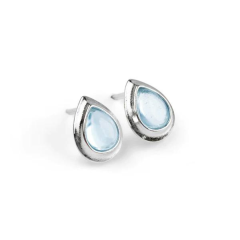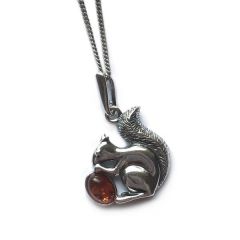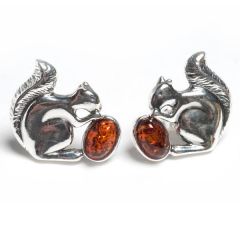Henryka
More About Henryka & Amber
About Henryka
Henryka's beautifully distinctive Amber an Gemstone jewellery captures the essence of the natural world with unique designs and hand-chosen gemstones. Over the last decade, Henryka has grown from a humble boutique in Hereford, England, to a renowned British jewellery brand. As a British brand they have a fondness for the countryside around them, but that doesn’t stop them from exploring further afield. They are continually exploring and discovering the world to find fresh ideas inspirations for their jewellery.Every piece of Henryka jewellery is crafted in sterling silver and combined with an array of beautiful natural gemstones, including amber, turquoise, amethyst, pearl and coral. They source all of their materials from ethical and responsible suppliers. Each piece of Henryka jewellery is lovingly handcrafted and ready to wear.
How it started
In 2006, Anna Emmett decided to channel her lifelong passion for Baltic amber and her love of nature into jewellery that could be worn and loved by all. This is where the Henryka story began. Today, Henryka has a dedicated team of in-house jewellery designers who help to bring Anna’s ideas, inspirations and unique aesthetic to life.
About Amber
Amber has a long history and highly valued by the Greeks, Phoenicians and Romans because it was not only said to bring good luck but it was also believed to have magical properties and was used to fend off asthma, rheumatism and other diseases. Unique in its look and appearance amber is truly recognised, even today, as the gold of the North.
Formation of Henreyka's Baltic Amber
Baltic Amber is a fossilised tree resin dating back 40-60 million years. Neither the exact name of that tree nor the reasons for its over-abundance in resin have been so far satisfactorily explained. Nevertheless it has been established that it comes from highly resinous trees from the family Pinaceae, similar to today’s tree from the pine family such as the Cedrus and Larix (larch). The original forests that oozed the resin are long since extinct. It was thought that the trees exuded such large amounts of resign to defence against insect or fungal infestation. The amount of resin which was generated by these forests was phenomenal. In 1925, for example, a German government controlled mine extracted 1,205,916 pounds of Amber. It was not surprising then that the resin collected organisms along the way! It is thought that the smallest organisms that are found in Amber were simply not strong enough to pull themselves out of the sticky deposits; larger animals could simply free themselves. It is Amber’s remarkable ability to preserve tiny insects and other organisms that makes it so important for historical research as the smallest of creatures can be present in Amber whereas in a regular fossil it would be undetectable. It is not only insects that have been found but amongst other things a whole lizard, hair probably belonging to a sloth that lived in the ancient forests and even a cat footprint!
Colours of Amber
In its natural state Amber is rock like and is usually opaque and light in colour. There are numerous different shades & colours that natural amber can be found in. Most of us associate Amber with cognac colour. The cognac colour, clarity and detail of the fossilised elements comes from the Amber being subject to extreme high temperatures and pressures and even further polishing. Further heating thereafter can give the effect of small explosions taking place within the Amber creating unique organic patterns and texture within the Amber and a truly individual character. The heat and pressure treatments create the different colours of Amber including the cognac colour everyone knows to cherry, yellow and milky white. Green Amber is simply cut from the Amber closest to the crust (dark natural bark).
Amber properties
Today we know that Baltic Amber contains from 3% to 8% amber acid. Scientific tests have proven its beneficial effect on living organisms. Amber is electronegative; therefore, when it comes in contact with the body, it ionises it in a beneficial way, improving the body’s energy and electrolyte balance. Amber has anti-bacterial and antiseptic properties; an Amber tincture serves to strengthen the body’s natural immunity, helps to mitigate cold symptoms, fever as well as rheumatic and muscle pain. Amber and its derivatives are among the ingredients used in some contemporary medicines and cosmetics.

